When it comes to buildings that serve an important purpose, lighthouses can be described as some of the most important structures ever constructed.
Thousands of shipwrecks along dangerous coastlines have been avoided because of these signaling towers.
Some lighthouses have served this purpose for hundreds of years. This includes one located in the southeastern part of Ireland.
In this article, you’ll discover some of the most interesting facts about Hook Lighthouse, one of the oldest operating lighthouses in the world.
1. It’s located on a peninsula in the utmost southeastern part of Ireland
The Hook Lighthouse is also sometimes referred to as the Hook Head Lighthouse and that’s a reference to the location it was constructed.
Hook Head is a relatively small peninsula situated just east of where three major rivers named the Rivers Nore, Suir, and Barrow, empty in the Celtic Sea.
This peninsula has traditionally been an important spot for ships arriving in Ireland and it marks the entrance of the Waterford Harbour. This natural harbor separates County Waterford from County Wexford in the southeast of Ireland.
This is the mouth of the three rivers known as the “Three Sisters” and allows ships to travel to the ports of Waterford and New Ross just upstream.
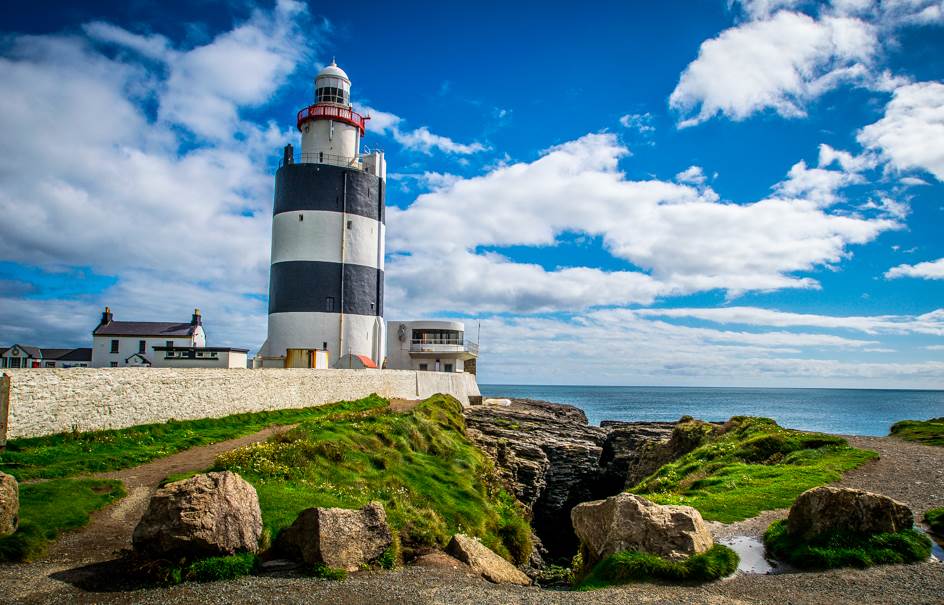
2. The name of the building is derived from an Irish word that describes the area
According to local legends, the first structure to navigate ships in this location was constructed in the 5th century by a Brittonic priest named Dubhán.
Hook Head was named after this man as it’s referred to in Irish as “Rinn Dubháin, St. Dubhán’s Head.”
The reason why it’s referred to as Hook Head in English is that this resembles the Irish word “duán” which translates to hook in English.
Regardless of the Irish name, the peninsula and lighthouse are commonly referred to as “The Hook” by locals.
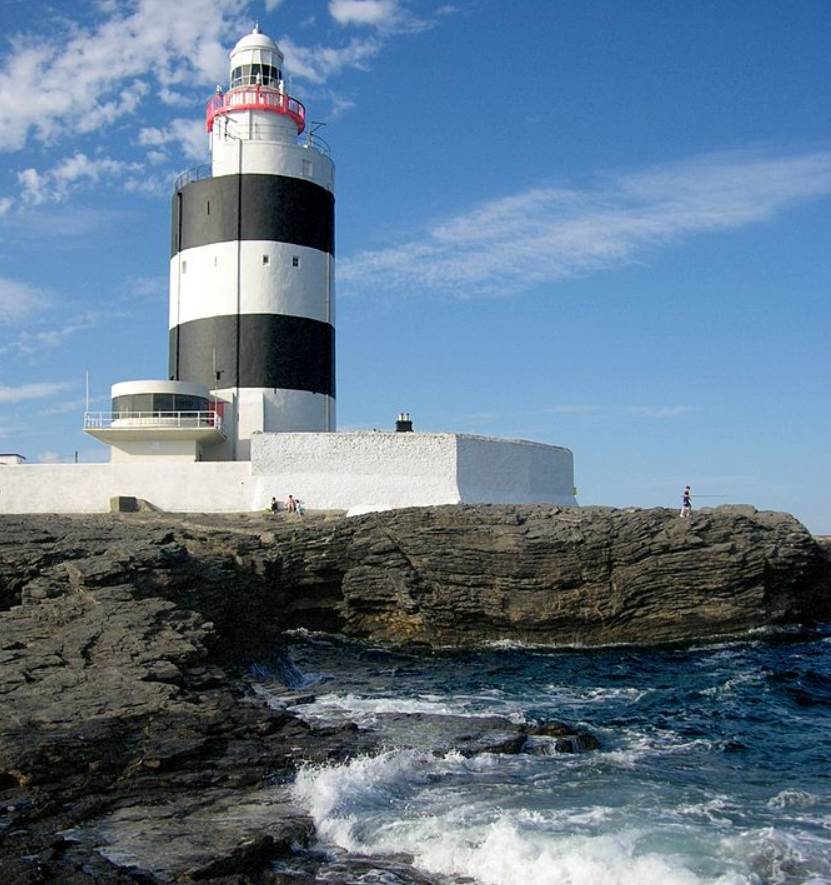
3. It was constructed during the Middle Ages to protect a local port
The lighthouse we can admire today has a history that spans approximately 8 centuries. It was completed in the early 13th century, shortly after the Anglo-Norman invasion of Ireland.
It was commissioned by William Marshall, Earl of Pembroke (1146-1219), the son-in-law of Richard FitzGilbert (1130-1176).
FitzGilbert is better known by his nickname “Strongbow,” a man who played a major role in the Anglo-Norman invasion. He became the Lord of Leinster, Justiciar of Ireland shortly afterward.
The main reason why the lighthouse was constructed was to protect ships arriving at the newly established port of the town of New Ross.
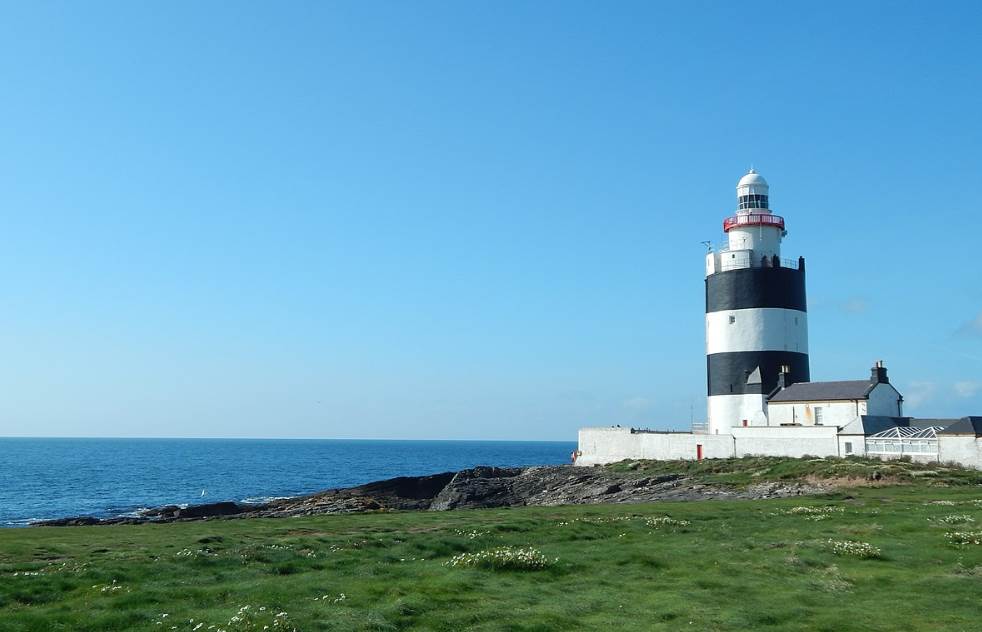
4. It’s the second-oldest operating lighthouse in the world
What’s remarkable about Hook Lighthouse is that it remains unclear until today when exactly it was constructed.
The Anglo-Norman Invasion of Ireland started in the late 12th century and Pembroke arrived in the area around 1201.
The only thing we can be sure of is that it was constructed between the year Pembroke arrived and 1240, the year that the functional lighthouse was first mentioned on a map.
Regardless of the obscure construction history of this incredible structure, we do know that it’s one of the oldest lighthouses in the world.
One of the most fascinating facts about Hook Lighthouse is that it’s the second-oldest operating lighthouse in the world.
Only the Tower of Hercules in A Coruña, Galicia, in the northwestern part of Spain, is older. This remarkable structure was probably completed during the reign of Roman Emperor Trajan in the 1st century A.D. (although it was renovated in the late 18th century).
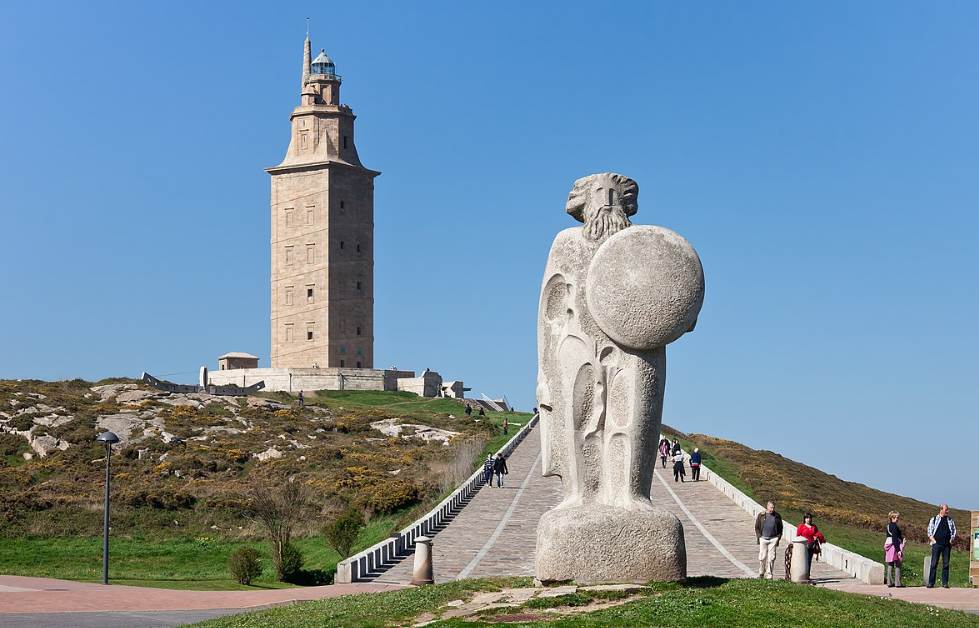
5. How big is the Hook Lighthouse?
Because it’s located in an isolated position on the tip of the Hook Head peninsula, the Hook Lighthouse doesn’t appear to be as big when you approach it.
It is, however, a massive limestone tower that stands 35 meters (115 feet) tall. Because it’s located on a rocky outcrop, it also reaches a focal height of 46 meters (151 feet).

6. The medieval structure has survived intact since it was completed
We can recognize that this is a building that was constructed during the Middle Ages because of its extremely thick walls. These have a thickness of up to 4 meters.
The tower was constructed with 4 floors. The base has a diameter of 13 meters (42.65 feet) and the narrowest section on top has a diameter of 6 meters (19.68 feet).
The first three floors all feature a 13th-century stone fireplace and the top section held the warning beacon. It can be reached by a staircase featuring 115 steps.
This staircase is situated inside the walls of the building, something that emphasizes just how thick the walls are.
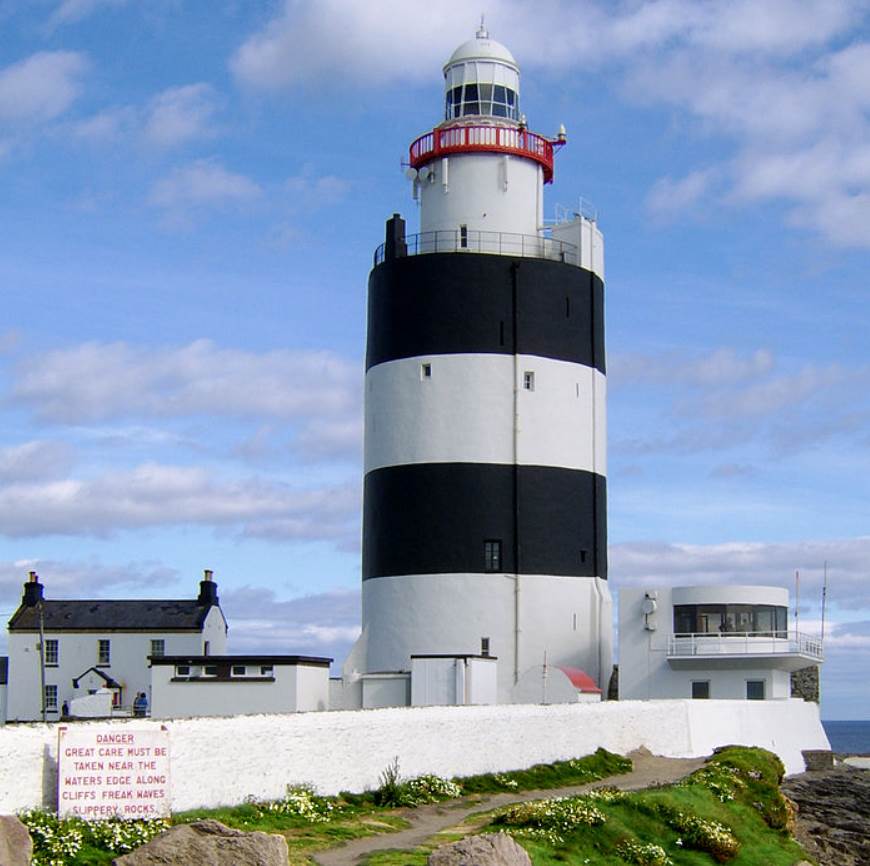
7. The main purpose of the structure was to protect ships from dense fog
Just like every other lighthouse in history, it was used to warn arriving ships. The main reason why a lighthouse was needed here is the fact that dense fog can suddenly appear in the region.
The first people who operated the lighthouse were monks who live inside a monastery on Hook Head. The monks er replaced by professional lighthouse keepers in the 17th century.
The job of both the monks and keepers was dual because they didn’t just have to light the light on top of the tower, they also had to ring fog bells when the fog appeared.
The old beacon was replaced by a coals-burning device in the 17th century, which in turn was replaced by a whale-oil lantern in 1791.
The tower became completely automated in the year 1996 and features a third-order Fresnel lens. This device has a range of 23 nautical miles which is the equivalent of 43 kilometers (26 miles).

8. The lighthouse was opened as a tourist attraction in the early 21st century
Ever since the 13th century, Hook Lighthouse has warned arriving ships of the dangers ahead. This has allowed them to avoid being smashed against the copious amounts of rocks near Hook Head.
Since the early 21st century, the lighthouse has been opened to the public and now serves as a major tourist attraction in the region.
The attraction features a visitor center where you can learn about the structure and its history. You can also visit the keeper’s houses that were constructed during the 17th century.
The Hook Lighthouse experience allows you to explore the interior of the lighthouse as well, an amazing experience if you want to explore this magnificent 13th-century landmark.



